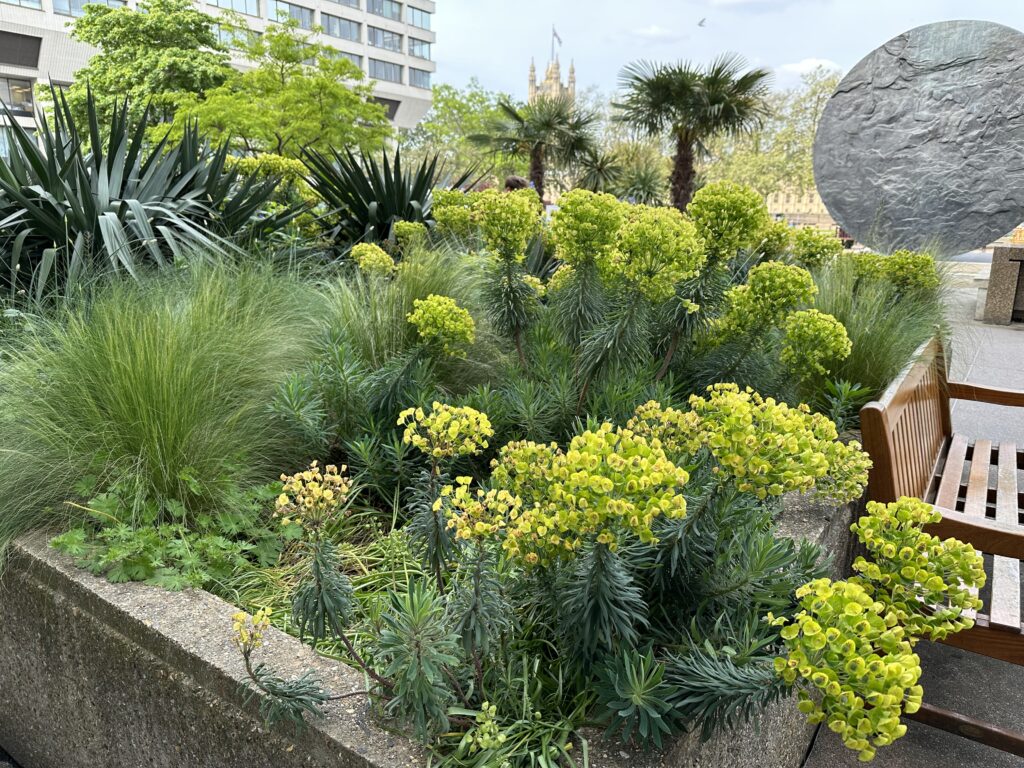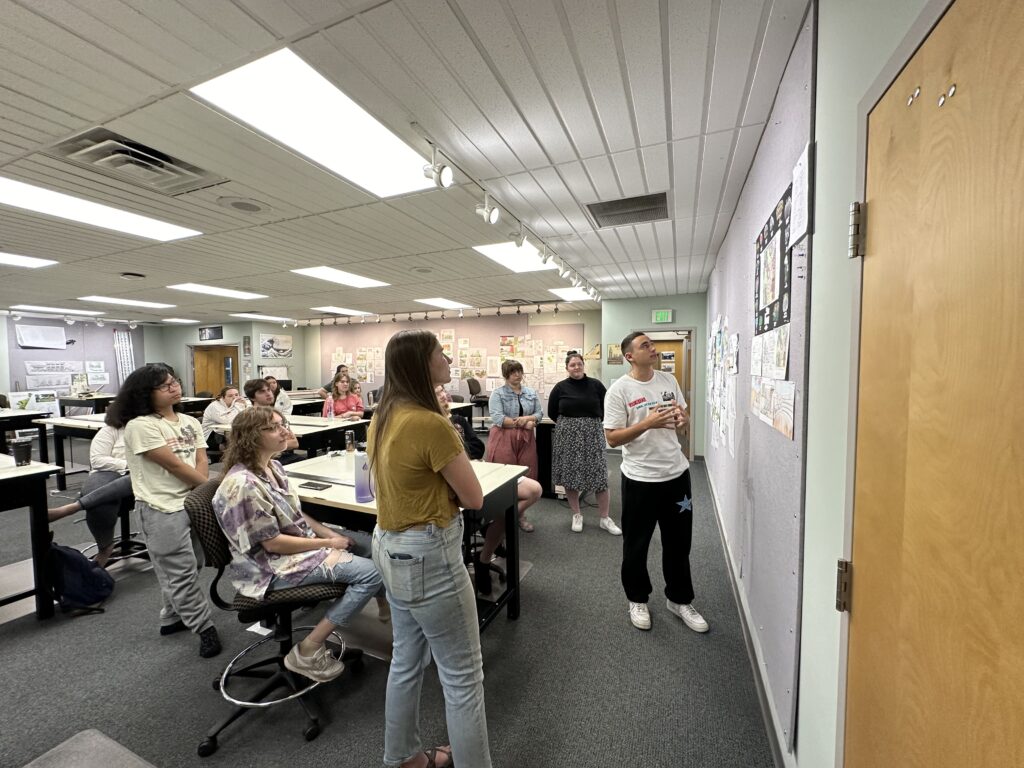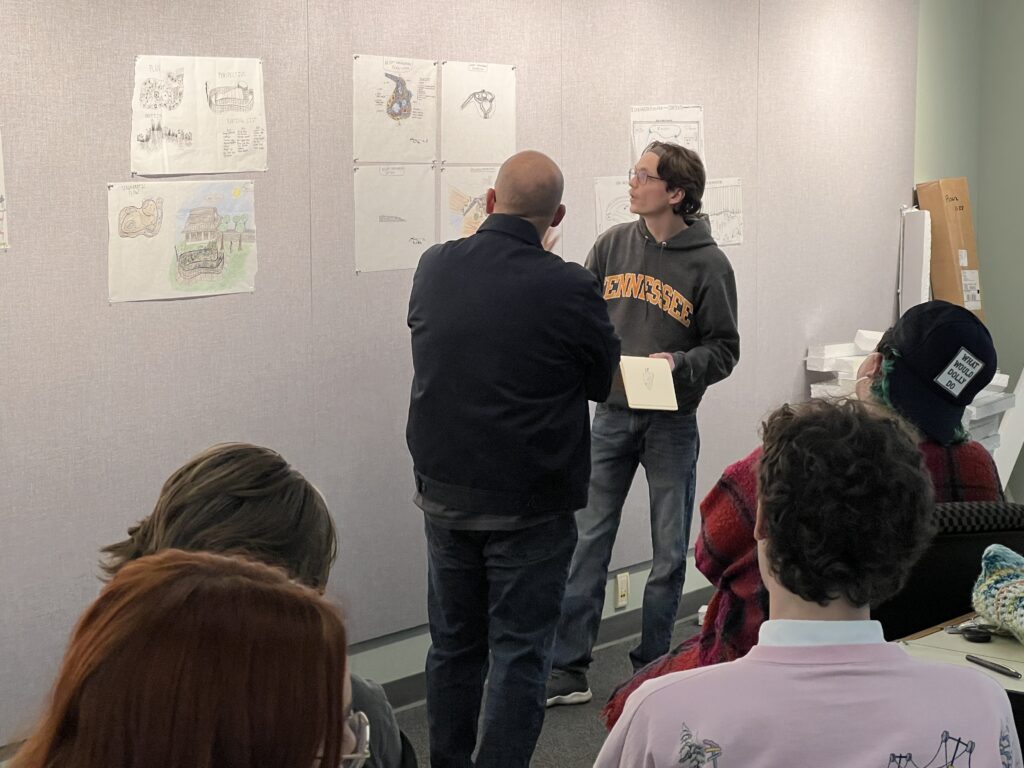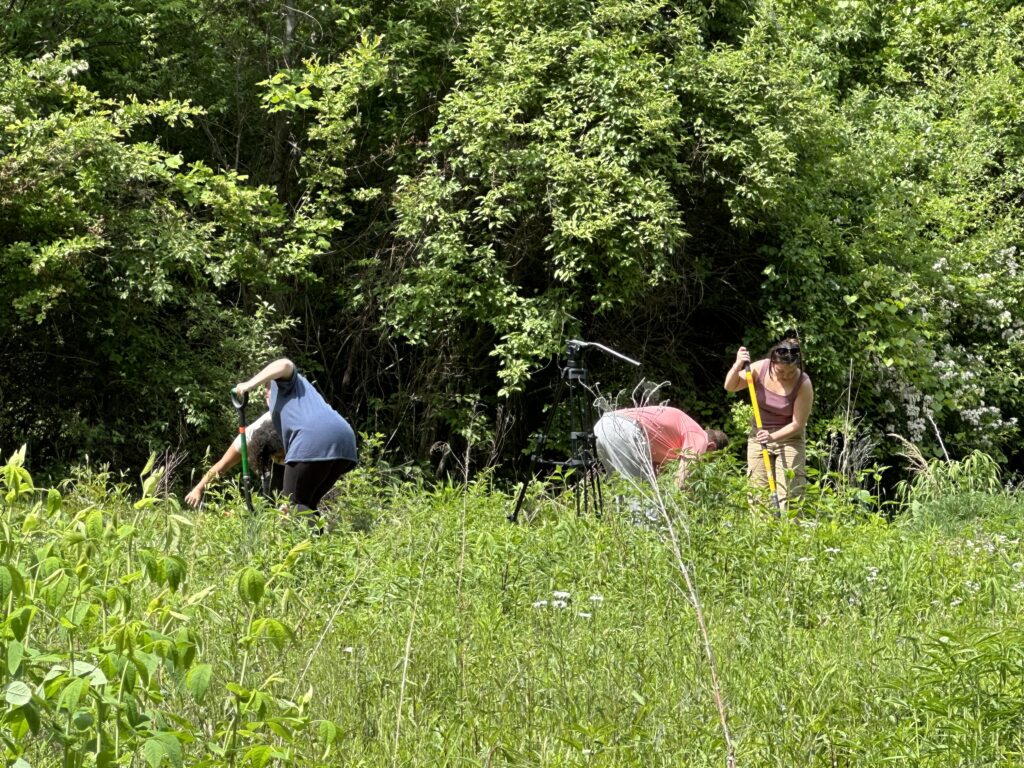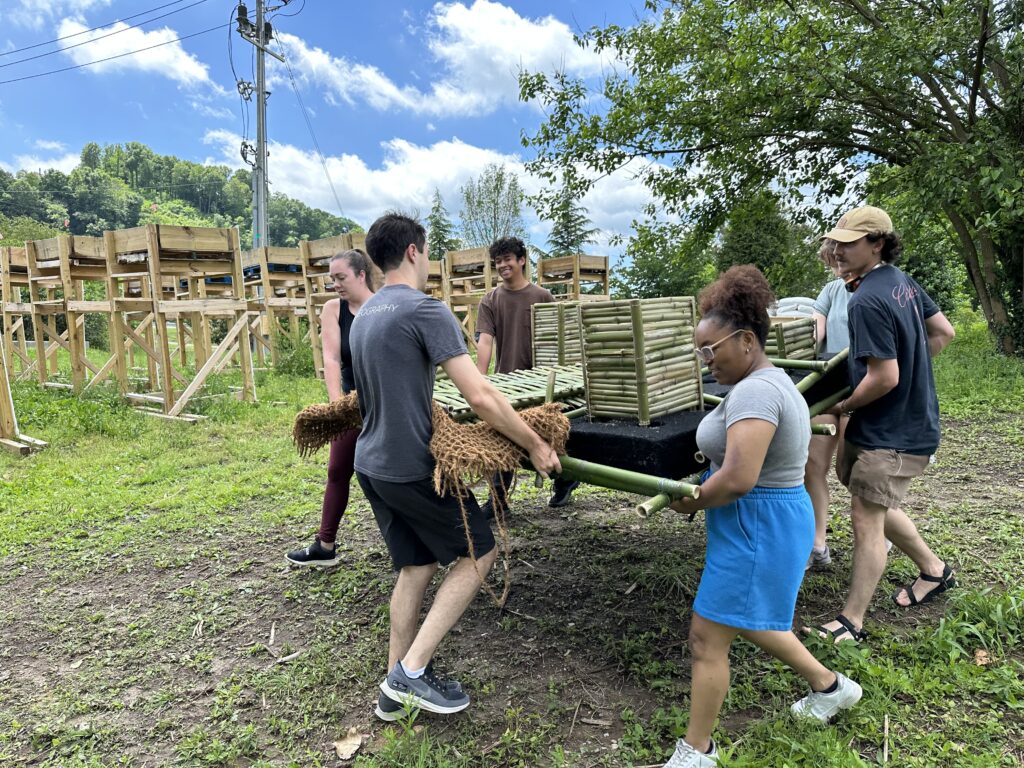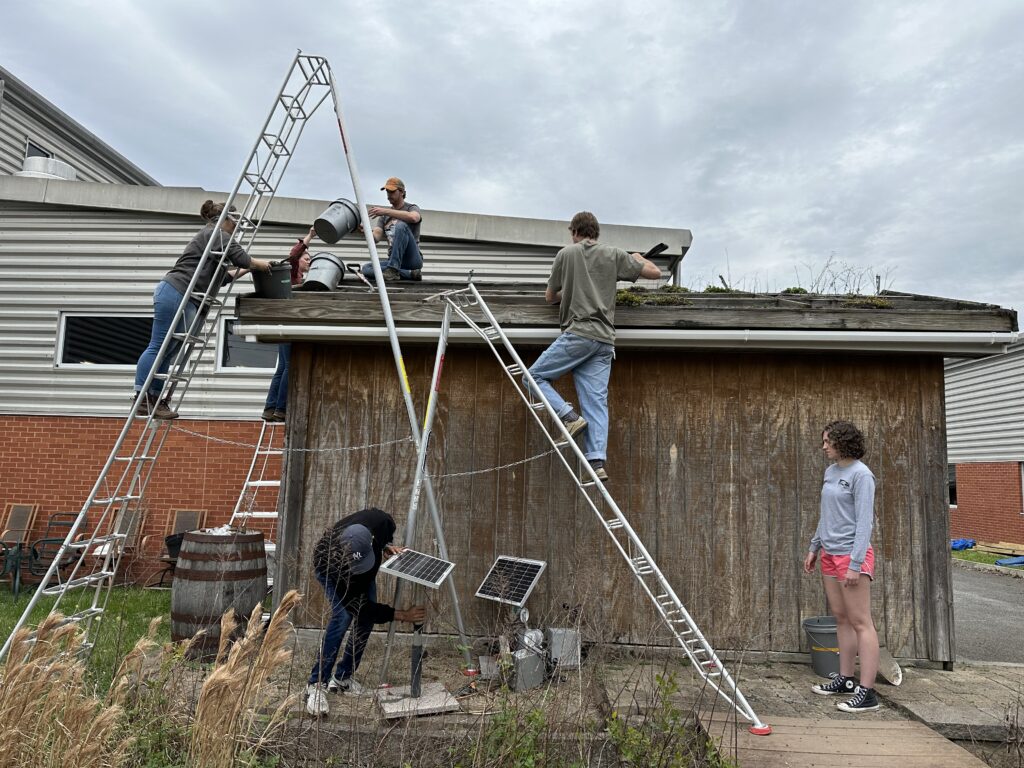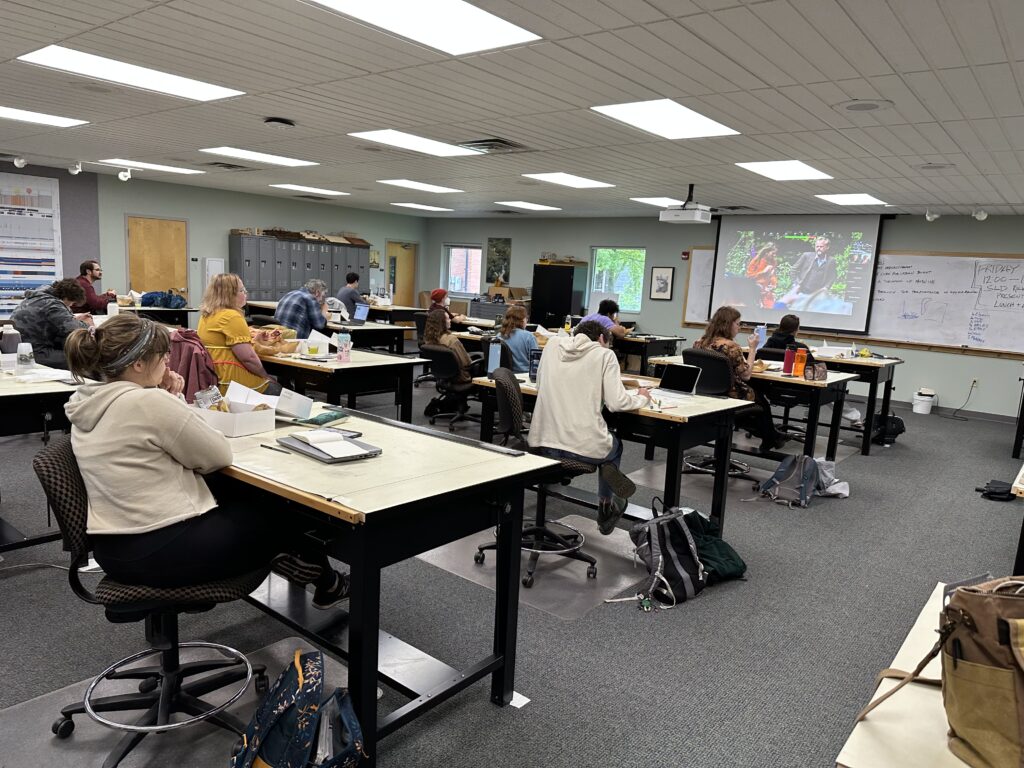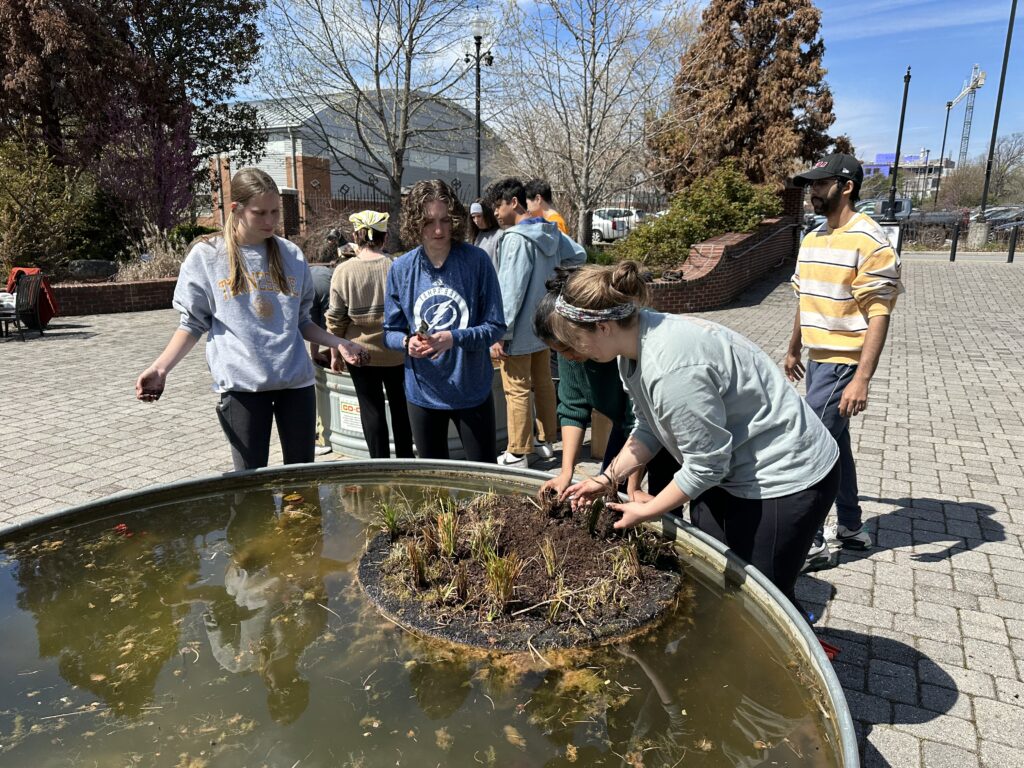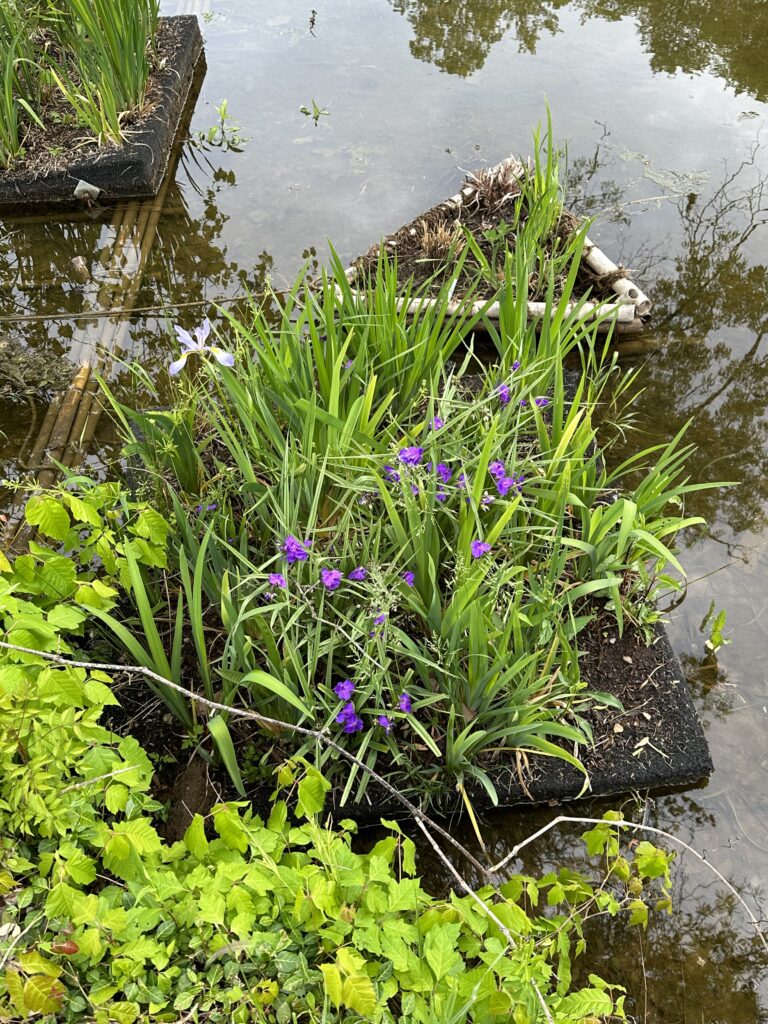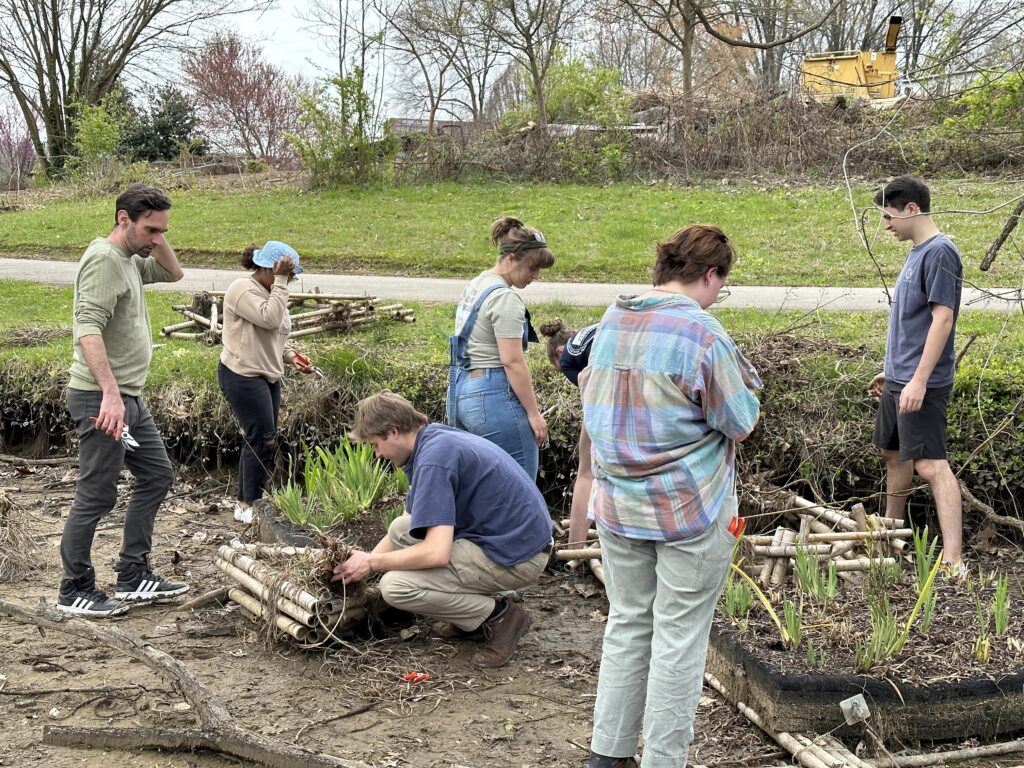This section will feature classes taught ranging from introductory landscape courses to advising on master’s thesis projects. It will include official course descriptions as well as images of student work where applicable.
PLSC 180- Landscape Design/Performance/Function
The imprint of human influences on the landscape is a reflection of culture, technology, values, and societal attitudes towards nature. This course provides an overview of these influences: throughout history, examines the ways through which today’s society impacts landscape systems, and surveys contemporary strategies through which landscape planners and designers seek to address grand challenges. Couse will explore landscape dynamics in a range of territories including those that are intensely urban, agronomic, protected wildernesses, and all places in-between.
PLSC 280 – Fundamentals of Sustainable Landscape Design
Introduction to contemporary principles and processes of landscape design including site analysis, concept development, and design representation. Theoretical understanding and practical knowledge are exercised through site planning and design projects that explore topography, hydrology, ecology, and the materials of designed landscapes. Course will include analog and digital workflows including components of computer aided landscape design.
PLSC 311 – Management of Landscape Systems
Theories and practices of managing designed landscapes as integral components of communities and their contextual environment. This course will explore sustainable, ecological, and adaptive management approaches with an emphasis on site-scale practices, system-scale thinking, and holistic solution development.
GEOG 443 – Sustainable Cities and Landscapes
We examine the ecology of urban systems. Starting with an overview of basic ecological principles, we study how the emergence of cities has impacted natural systems and how this impact has accelerated. We focus on solutions, most notably the various ways that cities can be designed to reduce human impacts. The ultimate goal is to design cities to meet human needs while reducing the human footprint by increasing ecological functions.
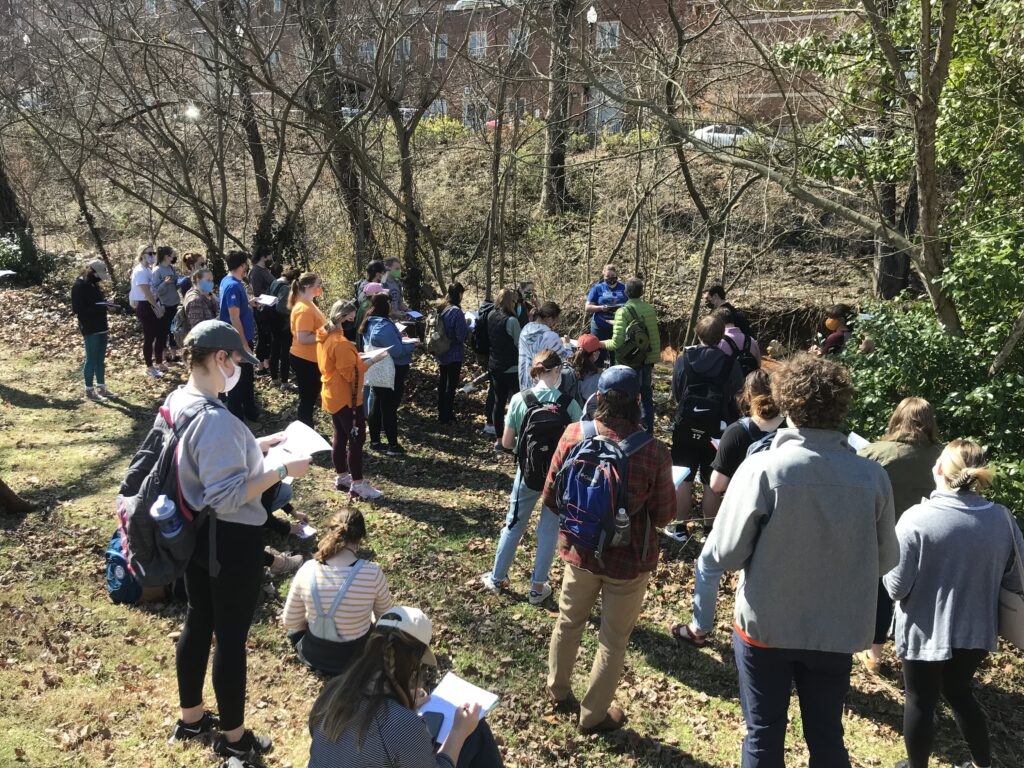
PLSC 455 – Advanced Sustainable Landscape Construction
An overview of green infrastructure history, contemporary theory and application through study of design precedents. Detailed investigation into construction of sustainable landscape assemblies and management practices as a context for a focused design/ prototype/ build project.
PLSC 535 – Advanced Sustainable Landscape Construction
An overview of green infrastructure history, contemporary theory and application through study of design precedents. Detailed investigation into construction of sustainable landscape assemblies and management practices as a context for a focused design/ prototype/ build project.
